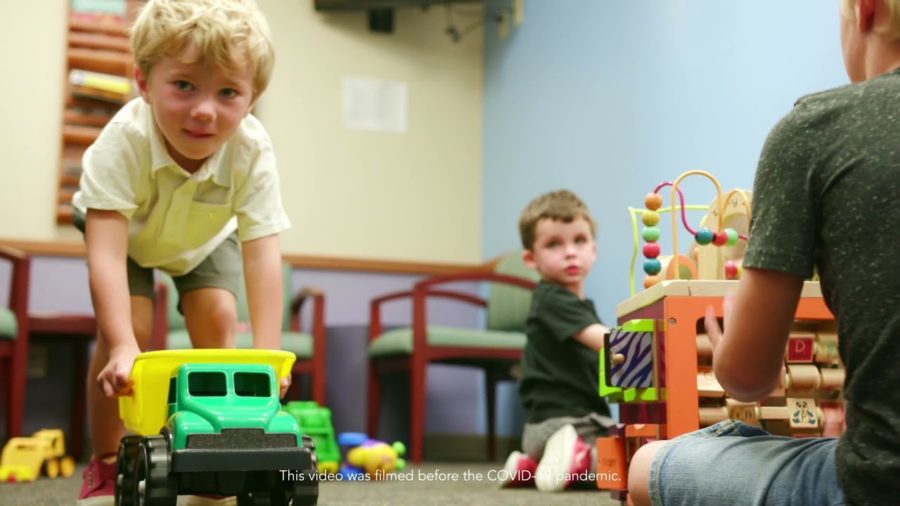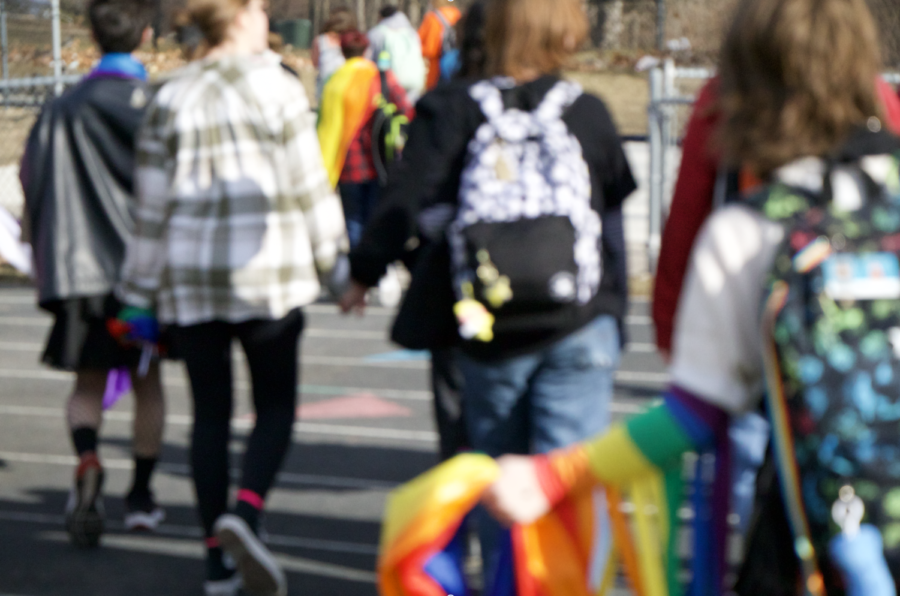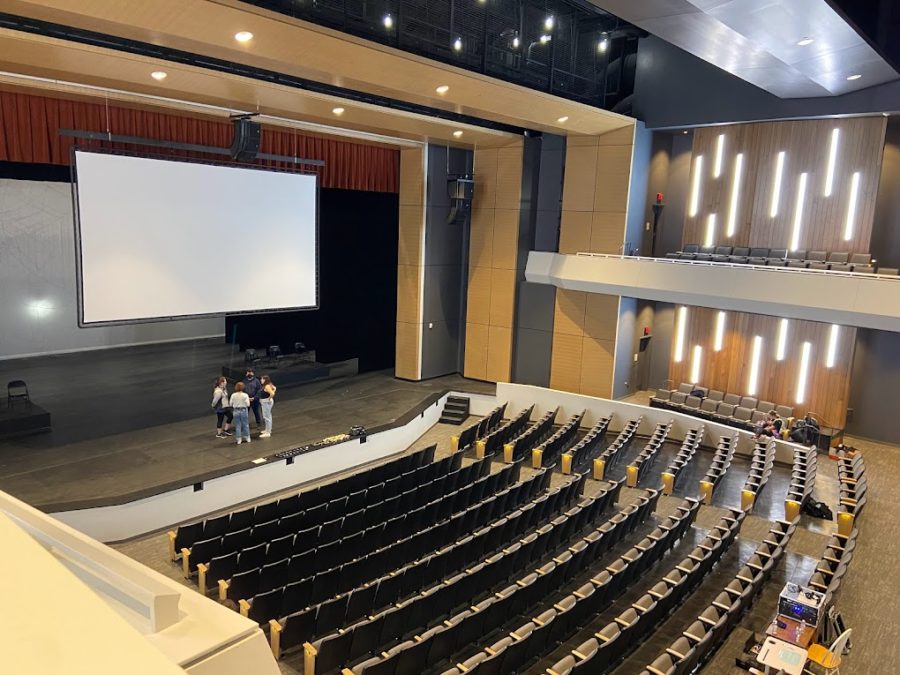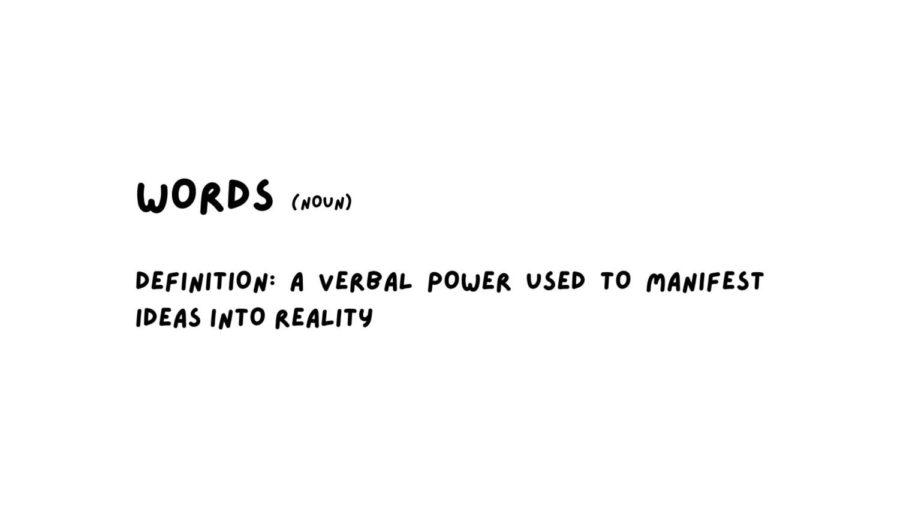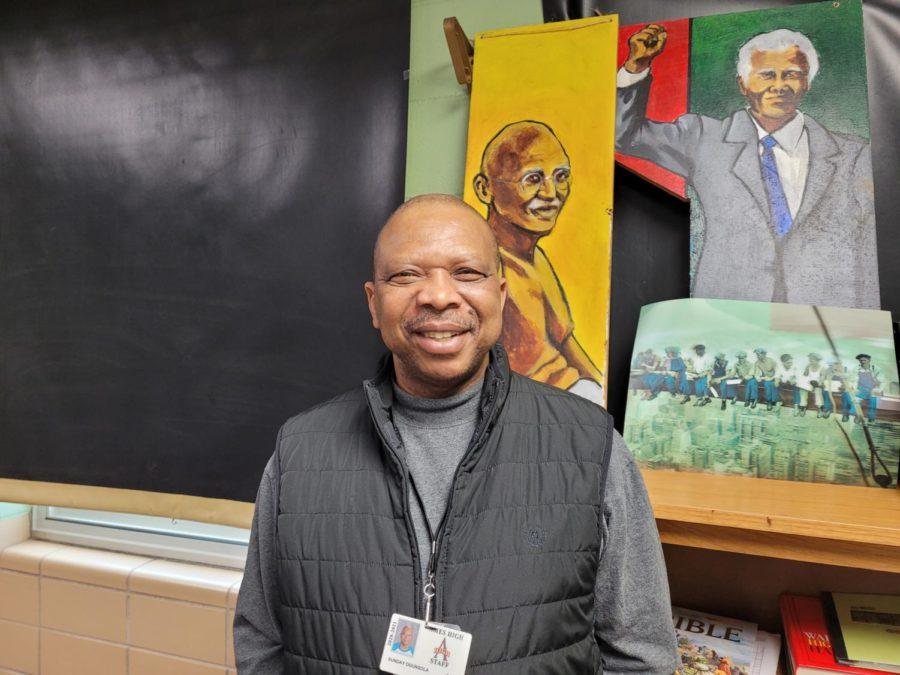Few issues have as large an impact on our day-to-day lives as racism, but despite its obvious prominence, the topic is often avoided because of the extreme discomfort it bears for most people. This uneasiness is only made worse by the complexity of the issue. There are so many sub-issues surrounding the idea of racism that it can be very hard to understand, to say the least. In the face of our discomfort, it is key that we attempt to address and understand this issue which holds such a huge significance in our society because in many ways, pretending that racism doesnât have an enormous effect on our lives only facilitates and enforces the issue at its core. To understand the issue of racism, it is crucial to first understand what race really is. Misconceptions surrounding this idea only contribute to the lingering problem. " What most people refer to as ‘races’ are simply phenotypic, physical appearance characteristics. These phenotypes are largely adaptations to the environment," said Loreto Prieto, professor of psychology and director of US Latino/a studies at Iowa State University. Basically, the characteristics that are often used to determine "race" are nothing more than products of the natural selection that takes place in all geographical regions of the world. Adding to the misconceptions surrounding race is the confusion that often lingers around the ideas of race and culture. "What folks usually mean to describe when they talk about a person’s race is a person’s culture," Prieto said. This thinking often leads to the deceptive idea that race is meaningful beyond physical appearance, which is actually rooted in misled perceptions rather than factual evidence. "The concept of ‘race’ is what is called a ‘social construction,’ or an idea we have all agreed upon that is a useful thing we can use to describe people," Prieto said. One of the problems surrounding this idea lies in the scary fact that this "social construction" of race is so deeply rooted in today’s society that many people accept it as a valid fact, and as Prieto went on to say, "even an inaccurate social construction has real force when it is backed by power, law, and enforcement entities." With the false idea of "race" established in our society, the leap to racism is all too short, especially when one considers two disconcerting aspects of human nature that have been responsible for many of the wrong doings in our country’s history and that of the world: the fear of what is different and the need for power and wealth. Prieto elaborated on this idea stating that "racism has the strong function of gaining and maintaining economic power for the dominant group. Fear of losing acquired or potential wealth has always been, in the US, a prime motivator for racism." Unfortunately, the socioeconomic discrepancy caused by racism only serves to enforce ideas of racial stereotypes. As Prie to explained, "Socioeconomic status is a proxy for education, and access to education has been tilted very much in favor of [whites] in this country for centuries." The lack of opportunity for a quality education awarded to people that are not white only further inhibits their chances at breaking free from the shackles of poverty and racial stereotypes, thus creating a viscous cycle of economic and racial prejudice. Another contributor to the problem of racism lies in the development of racial identity. According to theorist Janet E. Helms, professor of psychology at Boston College, racial identity is one way people of color come to understand the fact that they are in the midst of a racist society that does not value them as much as European Americans (or whites) simply because of their skin color or ethnic heritage. She also points out that because European Americans consider themselves the "norm," they almost always neglect to acknowledge the fact that they too belong to a race. Instead, they think of themselves as individuals. This, in turn, creates more misunderstanding and separation between how society views whites and people of color that inevitably leads to more racial oppression. It is also important to realize that despite the fact that our government tries to convey the idea that everyone is given the same rights and treated equally regardless of skin color or sex, it is not always the case. One of the most potent examples of this lies in the US justice system. According to the Department of Justice, 64 percent of prison inmates in the US belong to racial or ethnic minorities. This statistic is troubling, to say the least, and in many ways, it is a direct result of a combination of racial oppression and socioeconomic prejudice. In recent months, many of these issues surrounding racism have been catapulted to the national spotlight because of the campaign and election of President Barack Obama. In the media, this event alone has spurred much talk of progress with regards to racial issues. However, despite the undeniably special nature of Obama’s election, it is hard to say how much this event by itself actually influenced race relations in the US. "It was very meaningful as an event (I wept), but not really that meaningful in terms of changing race relations in the US," Prieto said. He emphasized that "Obama’s election does not signify the end of racism in the US" despite many people’s desire for this outcome. He also added that in many ways, the election "exposed the great extent to which racism is still alive and well in this country." Evidence of this came up many times throughout the election season including unfounded assumptions that were made by many people about Obama’s religion based on his name and skin color. Ultimately, it all points towards the harsh reality that if it had not been for Obama’s squeaky clean resume, extraordinary speaking ability, and masterfully executed campaign, he almost certainly would not have been elected despite his near perfect credentials. In the midst of all this racial turmoil, it is easy to get bogged down in the extreme gravity of the situation at hand or conversely, try to block out the issues completely in an attempt to avoid the tremendous pain they cause. However, neither of these are viable solutions to the ever looming problem of racism. It must be remembered that although progress has certainly been made since our country’s beginnings, we have a long way to go to equality, and in the end, equality is the ultimate goal. The first step in achieving this goal is coming to odds with the painful realization that racism does exist and that it carries tremendous and scarring consequences. Ultimately, our eyes must always be open to the problem, and we must always be striving towards progress because in the words of Dr. Martin Luther King Jr., "Change does not roll in on the wheels of inevitability, but comes through continuous struggle. And so we must straighten our backs and work for freedom. A man can’t ride you unless your back is bent."
Understanding race and the constant struggle for equality
Ben King
•
March 13, 2009
Story continues below advertisement
Leave a Comment
Donate to The WEB
$0
$450
Contributed
Our Goal
Your donation will support the student journalists of Ames High School, and Iowa needs student journalists. Your contribution will allow us to cover our annual website hosting costs.

